Festivals in Panama, a bridge between North and South America, is a country with a rich cultural heritage influenced by indigenous traditions, Spanish colonization, African heritage, and various immigrant communities. The festivals and holidays of Panama reflect this diversity, celebrating the country’s history, religious beliefs, and cultural expressions. In this exploration, we will delve into some of the most relevant festivals and holidays in Panama, examining their historical origins, cultural significance, and the ways in which they contribute to the nation’s identity.
1. Independence Day – November 3rd
Independence Day in Panama is celebrated on November 3rd, marking the country’s separation from Colombia in 1903. The day is a national holiday, and festivities include parades, music, dance performances, and patriotic events across the country.
Panama’s Independence Day is a time for reflection on the country’s history and a celebration of its sovereignty. The events emphasize national pride and unity, showcasing Panama’s cultural diversity and the resilience of its people in achieving and maintaining independence.
2. Carnival – Four Days Preceding Ash Wednesday
Carnival in Panama is a vibrant and lively celebration that takes place in the days leading up to Ash Wednesday, typically in February or March. The festivities vary across different regions, with major celebrations in cities like Panama City, Las Tablas, and Penonomé.
Carnival is marked by colorful parades, elaborate costumes, music, and dance. Traditional characters, such as the diablos sucios (dirty devils) and congos, add a unique cultural flavor to the celebrations. Carnival is a time of joy, socializing, and the expression of Panama’s cultural diversity.
3. Semana Santa – Holy Week (March/April)
Semana Santa, or Holy Week, is a significant religious observance in Panama, as in many other Latin American countries. The week leading up to Easter is marked by religious processions, church services, and community events.
Panamanians participate in religious activities, including processions that depict the Passion of Christ. Semana Santa is a time for reflection, prayer, and communal activities, bringing people together to observe the religious significance of the season.
4. Fiestas Patrias – November 28th
Fiestas Patrias is celebrated on November 28th, commemorating the declaration of independence from Spain in 1821. The day is a national holiday, and Panamanians engage in various patriotic activities, including parades, flag ceremonies, and cultural events.
Fiestas Patrias is an occasion to reflect on Panama’s historical journey toward independence and to celebrate the country’s cultural identity. The events foster a sense of national pride and unity, emphasizing the importance of preserving Panama’s heritage.
5. Dia de la Bandera – November 4th
Dia de la Bandera, or Flag Day, is celebrated on November 4th, the day after Independence Day. The celebration is dedicated to the Panamanian flag, and activities include flag-raising ceremonies, educational events, and cultural activities.
Dia de la Bandera underscores the significance of national symbols in Panama and provides an opportunity for citizens to connect with their country’s identity. The flag, with its unique design and colors, serves as a powerful symbol of unity and pride.
6. Diablos y Congos of Portobelo – January 20th
The Diablos y Congos festival in Portobelo is a unique cultural celebration that takes place on January 20th. The festival combines African and Spanish influences, featuring traditional dance, music, and vibrant costumes.
Participants, known as diablos and congos, wear elaborate masks and costumes, representing a fusion of indigenous, African, and European cultural elements. The festival is a living expression of Panama’s cultural diversity and the blending of different influences throughout its history.
7. Pollera Festival – July 22nd
The Pollera Festival celebrates Panama’s traditional dress, the pollera, which is a beautifully embroidered and layered dress worn by women during festive occasions. The festival takes place on July 22nd and features a grand parade showcasing different styles of polleras.
The pollera is a symbol of Panama’s cultural heritage and craftsmanship. The festival provides a platform to appreciate the artistry and cultural significance of this traditional attire, emphasizing the importance of preserving and celebrating Panama’s unique cultural expressions.
8. Festival del Manito Ocueño – October 17th
The Festival del Manito Ocueño is celebrated on October 17th in Ocú, a town known for its cultural traditions. The festival highlights the craftsmanship of the manito ocueño, a small traditional handcrafted doll.
Residents and visitors come together to enjoy parades, traditional dances, and the display of these handmade dolls. The festival reflects the importance of preserving local crafts and cultural practices in Panama.
9. Festival de las Mil Polleras – January
The Festival de las Mil Polleras, or Festival of a Thousand Polleras, is an annual event that celebrates the diversity and artistry of the pollera. Held in January, the festival features a massive parade where women of all ages showcase different styles of polleras.
The event not only highlights the beauty of the pollera but also serves as a testament to Panama’s cultural richness and the continuity of traditional craftsmanship. The Festival de las Mil Polleras is a vibrant display of identity and pride.
10. Grito de La Villa de Los Santos – November 10th
The Grito de La Villa de Los Santos commemorates a significant event in Panama’s history—the shout for independence in the town of La Villa de Los Santos on November 10, 1821. The day is marked by patriotic events, parades, and cultural activities.
Panamanians celebrate the Grito as a pivotal moment in the fight for independence, and the events evoke a sense of historical pride and unity. The celebration underscores the importance of local movements in shaping the country’s destiny.
Conclusion
Panama’s festivals and holidays offer a fascinating journey into the heart of the country’s cultural diversity, historical roots, and contemporary expressions of identity. From the vibrant celebrations of Carnival to the solemn processions of Holy Week, each event contributes to the rich tapestry of Panamanian culture.
These celebrations are not just moments for jubilation; they are expressions of Panama’s resilience, creativity, and commitment to preserving its unique identity. Whether through religious processions, traditional dances, or celebrations of local crafts, Panamanians come together to celebrate their history, culture, and shared values.
Moreover, these festivals serve as a bridge between Panama’s past and present, fostering cultural continuity and dialogue. Events like Diablos y Congos and the Festival de las Mil Polleras highlight the importance of cultural traditions and the ways in which they shape the collective identity of the nation.
As Panama continues to evolve, these festivals will undoubtedly remain integral to the fabric of the country. They provide a space for both Panamanians and visitors to engage with the cultural richness of the country, experiencing the traditions, stories, and collective spirit that define this captivating Central American nation.


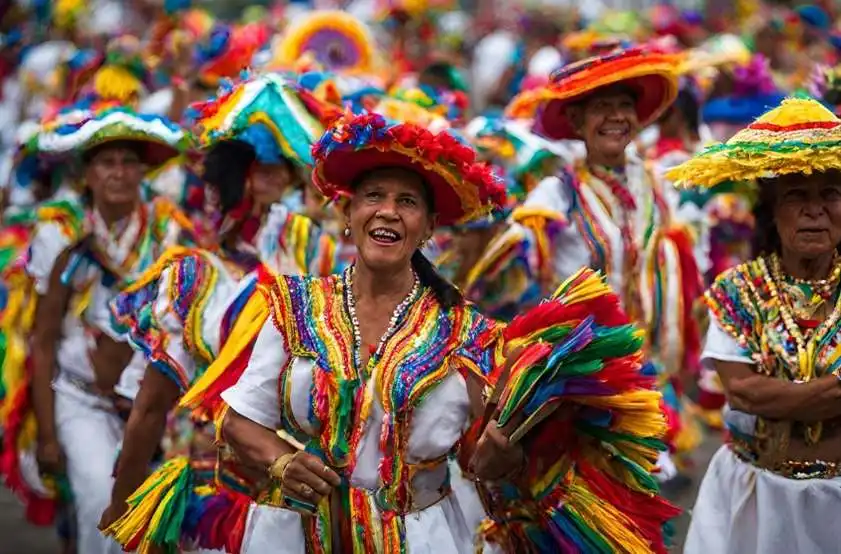
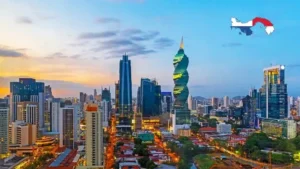
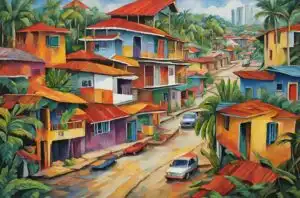
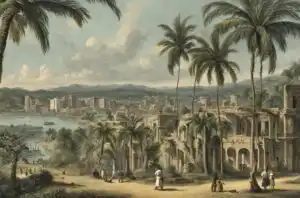
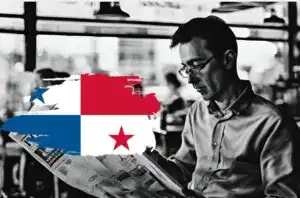

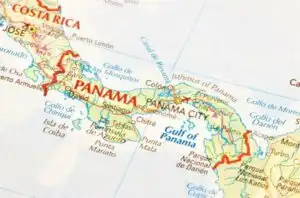
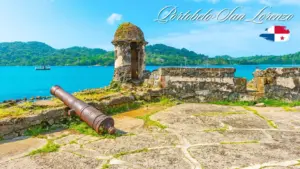
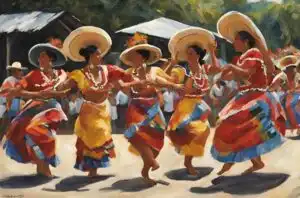

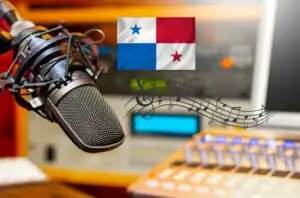
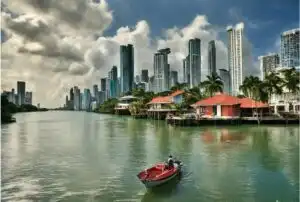
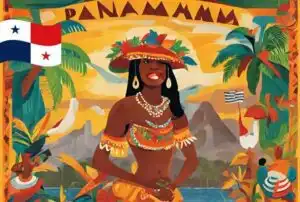
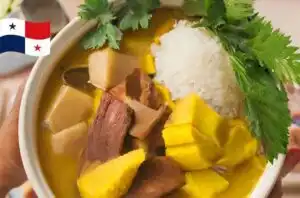
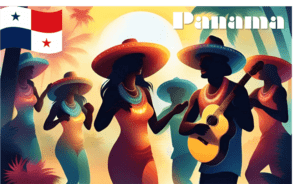
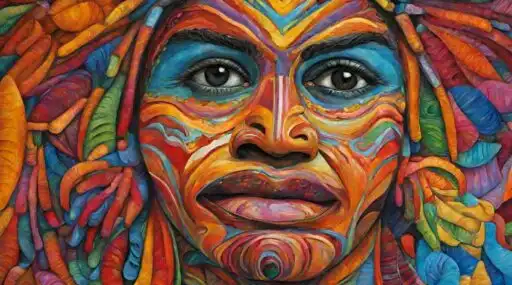
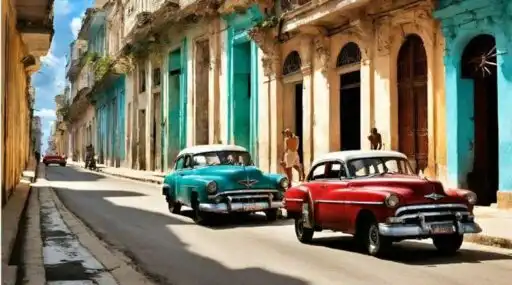

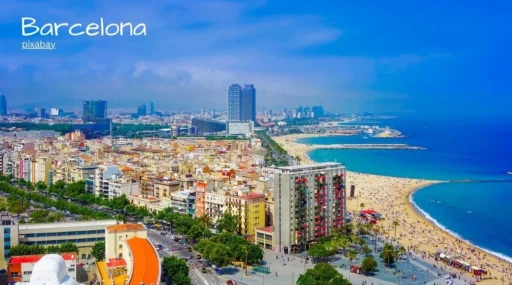
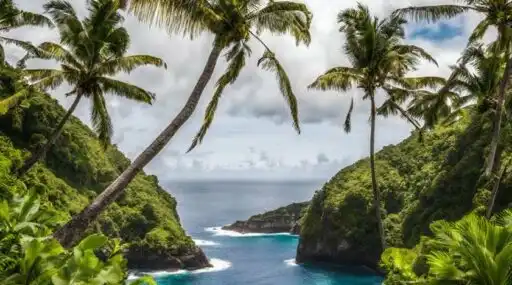
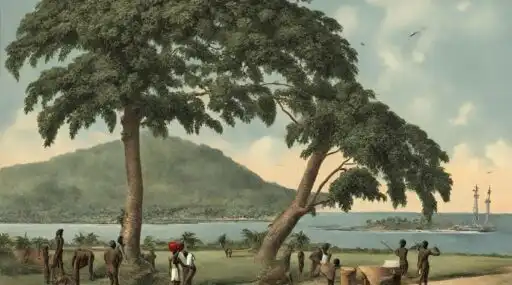
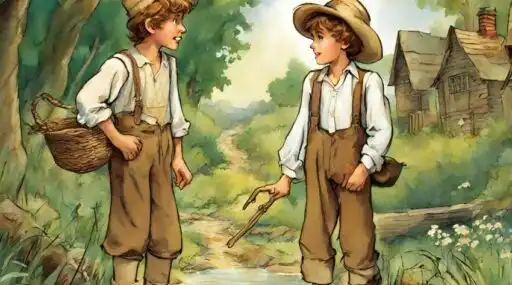
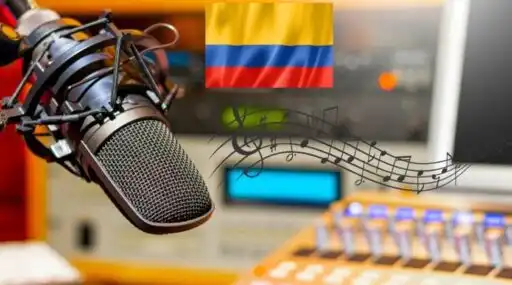
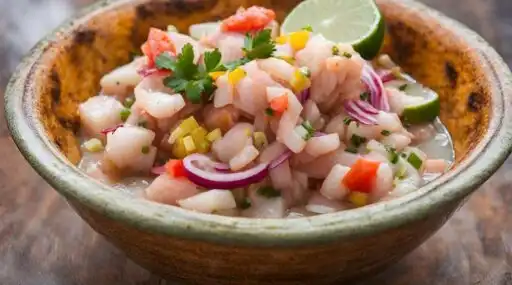

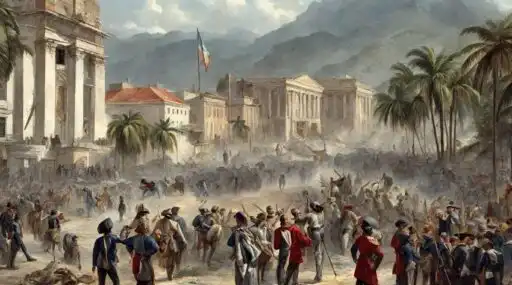
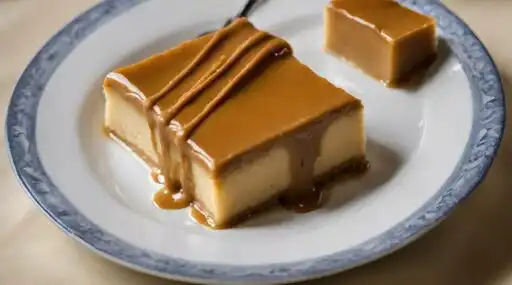
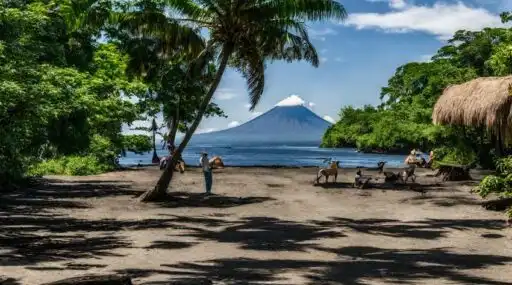
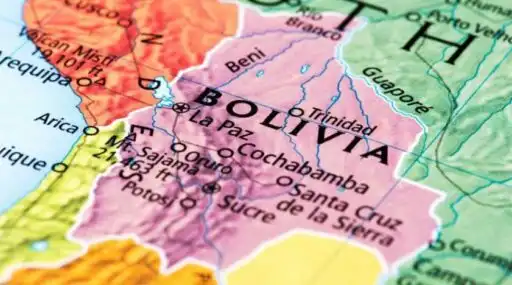
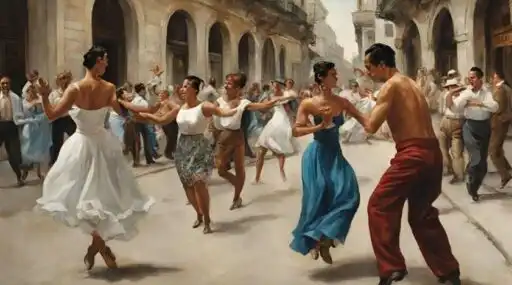
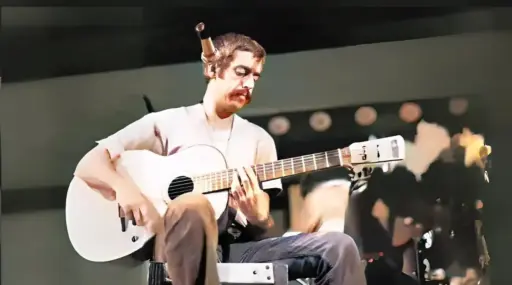
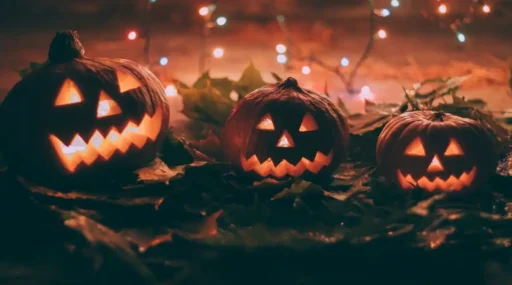
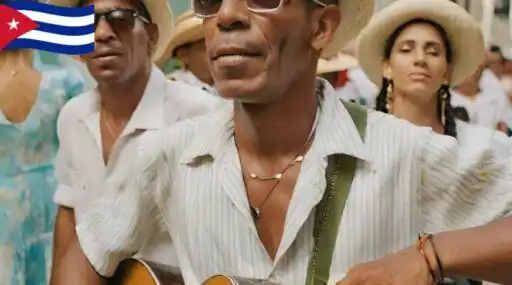

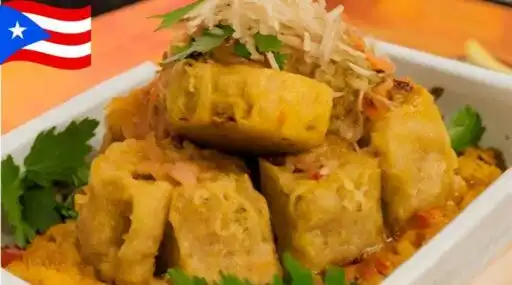
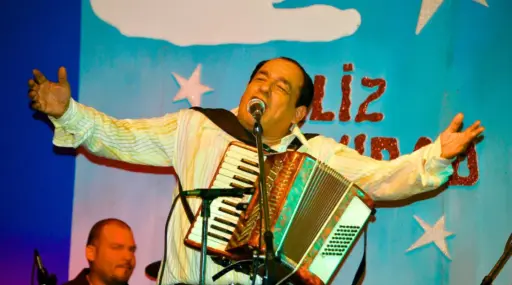
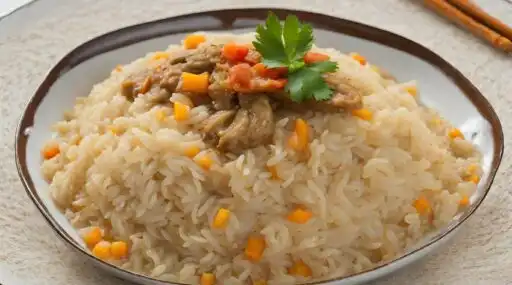
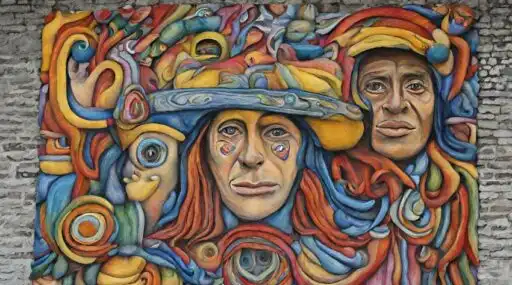
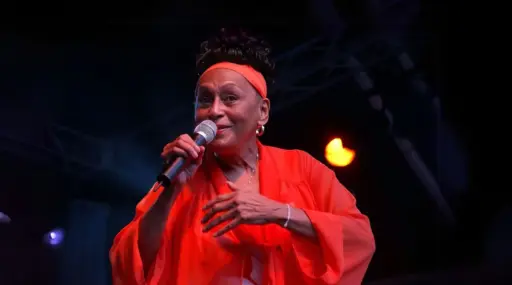

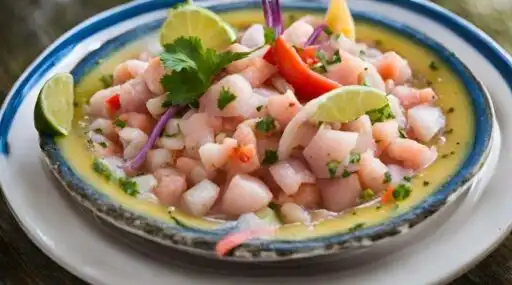
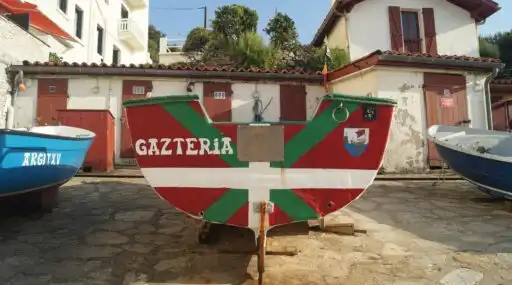
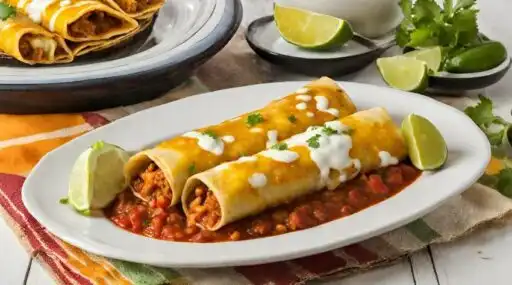

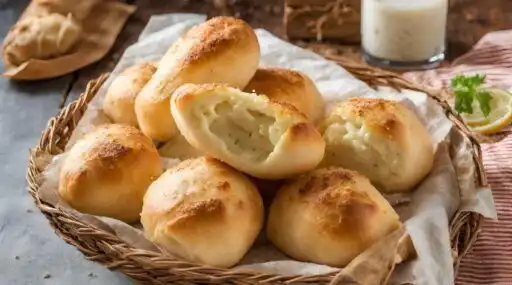
Leave a Reply